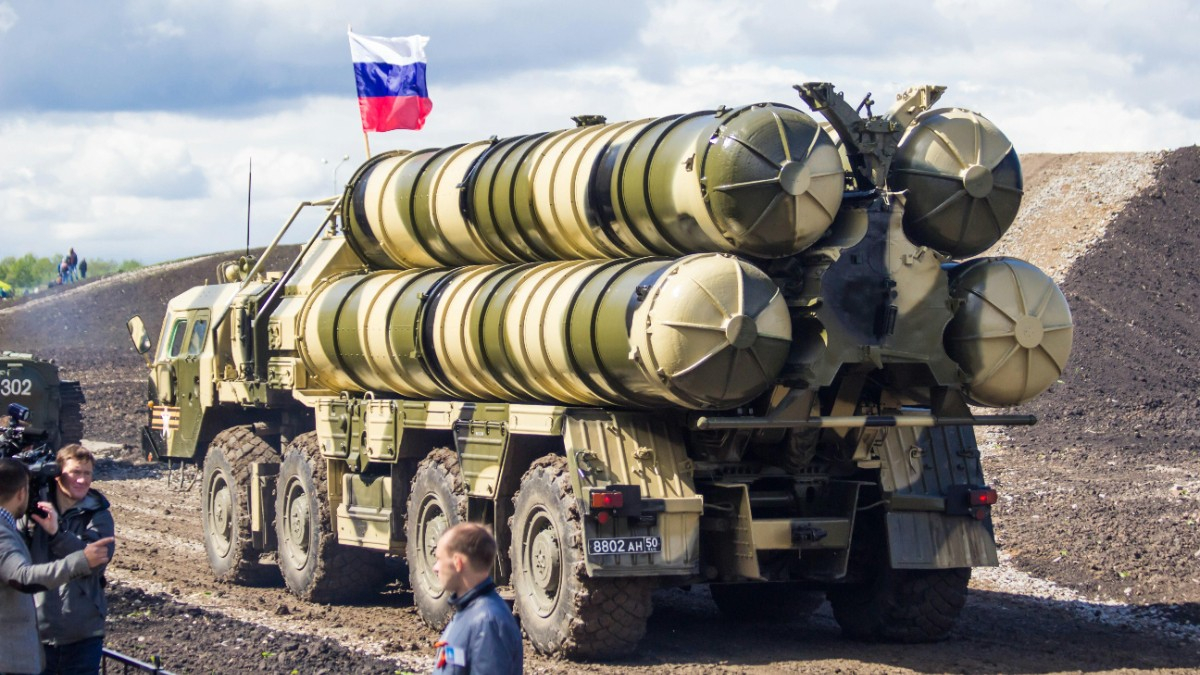As of 2024, Russia has the leading position in owning the most nuclear weapons with an estimated 5,889 nuclear warheads. The large arsenal places it at the top globally, far ahead of any other country. The United States is the second with an estimated number of 5,244 nuclear warheads. Taken together, the two countries account for almost 88% of the world’s total nuclear arsenal of about 12,100 warheads among nine recognized nuclear-armed states.
The nuclear arsenal of Russia
Russia’s nuclear stockpile is a holdover from its Soviet past, but it has been kept and updated through the decades. The country has a wide range of delivery systems, such as:
- ICBMs: With their great ranges, they can deliver nuclear warheads.
- SLBMs: They are deployed on nuclear submarines to provide a second-strike capability.
- Strategic bombers: Aircraft specially designed to carry and deploy nuclear weapons.
Russia is still developing increasingly sophisticated technologies like the Avangard hypersonic glide vehicle and the RS-28 Sarmat ICBM to buoy its deterrent. The Russian government says that its nuclear arsenal is essential for national security, as it offsets the forces of NATO in Europe.
United States nuclear capabilities
The United States has a slightly smaller but still formidable nuclear arsenal. Its estimated 5,244 warheads include both deployed and reserve stockpiles. The U.S. maintains a triad system for its nuclear forces, which consists of:
- Land-based ICBMs
- SLBMs
- Strategic bombers
The U.S. also hosts nuclear weapons in several allied countries such as Turkey, Belgium, Germany, Italy, and the Netherlands. This is part of NATO’s forward deployment and collective defense strategy.
In recent years, the U.S. has focused on modernizing its nuclear forces rather than significantly reducing its stockpile. This modernization includes upgrading delivery systems and enhancing command and control infrastructures to ensure reliability and effectiveness in a potential conflict scenario.
Comparative analysis of nuclear potentials
The following table summarizes the key aspects of the nuclear arsenals of Russia and the United States:
| Features | Russia | USA |
| Total warheads | 5,889 | 5,244 |
| Delivery systems | ICBM, SLBMS, Bombers | ICBM, SLBMS, Bombers |
| Strategic doctrines | Deterrence | Deterrence |
| Modernization programs | Yes | Yes |
| Forward deployed weapons | No | Yes |
Global context and implications
The existence of such immense stockpiles in Russia and the United States has enormous implications for global security. So overwhelming is the destructive capability of such weapons that even a small-scale exchange would reach catastrophic humanitarian outcomes. For example, one modern nuclear weapon can kill hundreds of thousands instantly and linger in long-term environmental devastation due to radiation.
Whereas the Cold War saw tens of thousands of warheads for each of these two powers, the current trend is for both countries to continue to retain and modernize their arsenals. This current trend brings into question the arms control agreements and global disarmament efforts.
Read more: Here’s why Elon Musk will never be able to run for president of the United States
Read more: What is the Kennedy family tree, what is Robert’s link to JFK and how many of the former president’s children are still alive?
